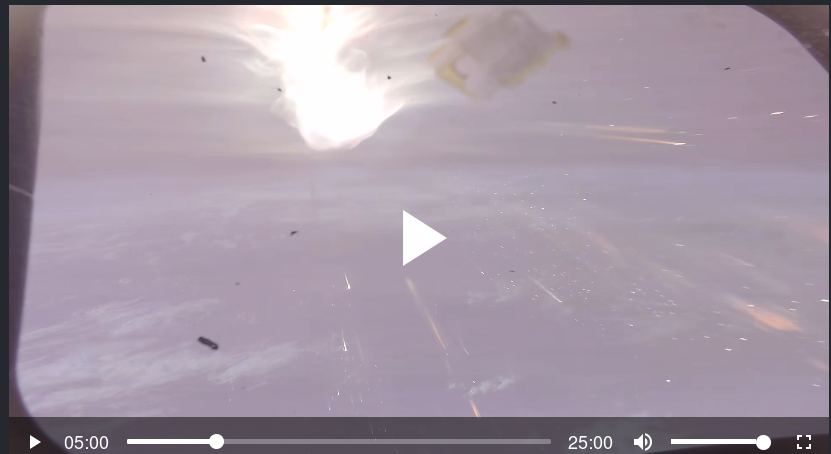this post was submitted on 25 Dec 2023
36 points (100.0% liked)
Space
7287 readers
1 users here now
News and findings about our cosmos.
Subcommunity of Science
This community's icon was made by Aaron Schneider, under the CC-BY-NC-SA 4.0 license.
founded 2 years ago
MODERATORS
you are viewing a single comment's thread
view the rest of the comments
view the rest of the comments

Looks like they did a skip at 4:00 with a bit of aerobraking before the actual reentry. That would make sense, since the velocity is incredible (11 kmps), coming straight from the moon. Velocities are lesser in case or reentry from LEO. Two-phase entry might reduce the load on the reentry shield and its occupants.
Just speculating. There isn't much of an attitude change except in the initial few seconds, considering the amount of firing it does. It's probably intended to consume the propellants and render the capsule safe. If that's indeed what happened, they were likely firing opposing thrusters (in combo or alternatively), cancelling it out. There is such an operation in space tech - called passivation. It's the space equivalent of a fuel dump.
PS: If anybody is wondering - this isn't a pure ballistic reentry. Modern spacecrafts, even the capsule shaped ones, can change their trajectory by rolling on their axis of symmetry (the axis that passes through the center of the heat shield and top of the spacecraft). This may sound counterintuitive, but it has been used so many times already - like in case of the Mars rovers. They offset the C.G of the spacecraft a little bit away from the axis and uses it asymmetry to achieve guidance.